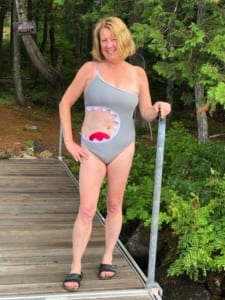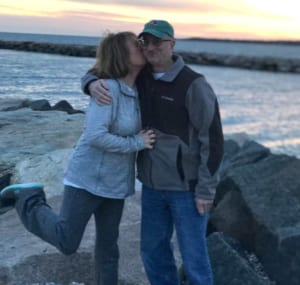Getting to a place where you feel confident in yourself and your new routine might take some time. There are many factors to consider following your ostomy surgery, but there are also many resources available to you while you are adjusting to normal life. Having a thriving social life is not out of the question, and with some time and patience with your body, you will be living your best life.
Beginning Stages
In the beginning, it will be important to keep some sort of a journal or diary as you experiment with new foods and beverages. Figuring out how different foods and beverages affect your body will influence your social life with regards to dining out. It might be helpful to eat smaller meals more often throughout your day as you record what foods tend to cause more gas or which foods are harder for your body to break down. Remember to drink lots of water and chew your food well.
As you move from blander and softer foods to a more regular and high-fiber foods, you will notice more regularity in your bowel movements. Understanding your body’s schedule will be key in planning outings, dates, and events. As you begin to venture out of the house more, remember to bring extra supplies with you and locate the restrooms should you need one with short notice.
Getting Out There
As your confidence builds, and your ostomy becomes routine and normal to you, saying ‘yes’ to more things will become easier and easier. If you were an active person before your surgery, you will be able to resume your active lifestyle. Whether going to the gym, running along the beach, hiking through a forest, or playing a pick-up game of basketball, exercise is key to keeping you mentally, emotionally and physically fit. While you will need to be cautious in the beginning so you can fully heal, there are few limitations on what your body can do with ostomy. If you are having a hard time figuring out what clothing or specific products will help to keep things in place during your activities, Coloplast has put together solutions for a variety of different sports and activities.
Making friends aware of your new ostomy can be intimidating at first. Preparing an informative, concise story to tell people may help ease your mind. Connecting with your friends and family can help you to stay positive and hopeful and will make the transition back to regular life much more manageable. Share as little or as much as you feel comfortable about your ostomy, but keep in mind that talking about it can be beneficial to both parties.
If you are in a romantic relationship, it is likely that your partner is already aware of your surgery and new ostomy. Good communication and honesty about your feelings and your partner’s feelings will be vital to the future of your relationship. It may take time for you to feel ready to be sexually active following your surgery, but exploring this as a couple and in the timing that works best for you will go a long way in helping your relationship succeed.
Meet Others Like You
You are not alone in this new change to your body. There are many people living with an ostomy already out there who are interested in connecting and sharing their stories. It can be helpful to talk to someone who is in a similar situation and who will understand the ups and downs of this new routine. Getting connected to a group or network that shares your story can be radically healing and help with your confidence and self-esteem, not to mention broaden your social network. If you aren’t ready to venture out to a group just yet, you may want to begin by watching and hearing stories from others living with an ostomy to see how they were able to travel, date, go back to work, stay active, and enjoy a healthy sex life.
Whatever stage you are at in your recovery and healing process; if you are adapting to a new routine with your pouching system or working your way to sexual confidence with a partner, know that it is possible. While it may feel daunting to say yes to a date or go out to dinner with a group of friends, with just a little extra planning and the support of others, you can have a thriving social life with an ostomy.
Editor’s note: This article is from one of our digital sponsors, Coloplast. Sponsor support along with donations from readers like you help to maintain our website and the free trusted resources of UOAA, a 501(c)(3) nonprofit organization.




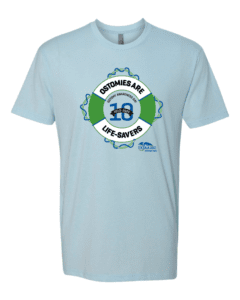

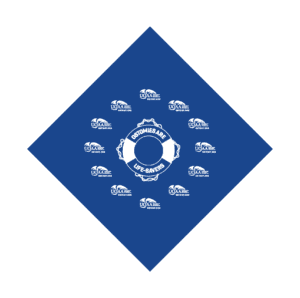
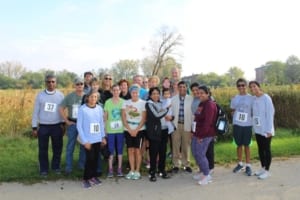

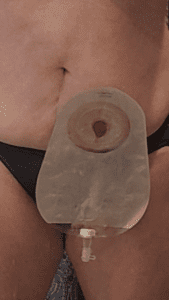
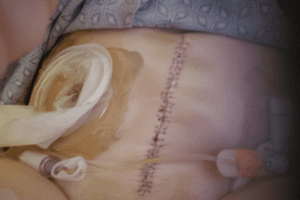 I was not in a great deal of pain which was easily managed with Tylenol. I was definitely weak, but otherwise ok. I went home in 4 days, on my own with my urostomy.
I was not in a great deal of pain which was easily managed with Tylenol. I was definitely weak, but otherwise ok. I went home in 4 days, on my own with my urostomy.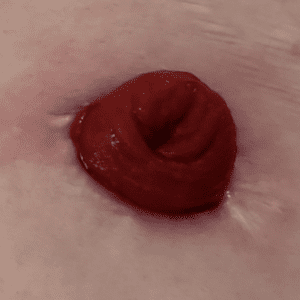 Rudolph, my red, round stoma
Rudolph, my red, round stoma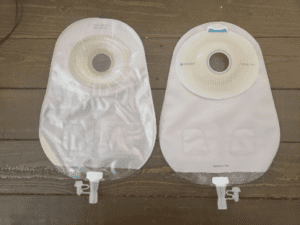
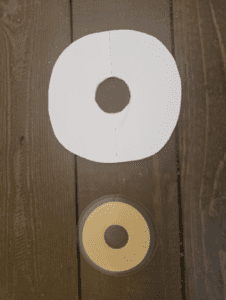
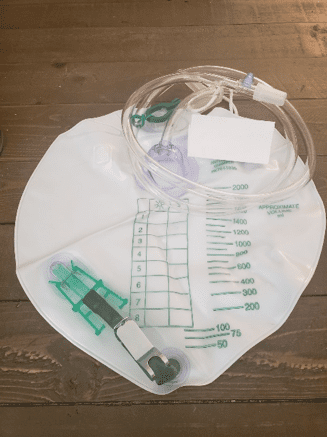 Night Drainage Pouch
Night Drainage Pouch
